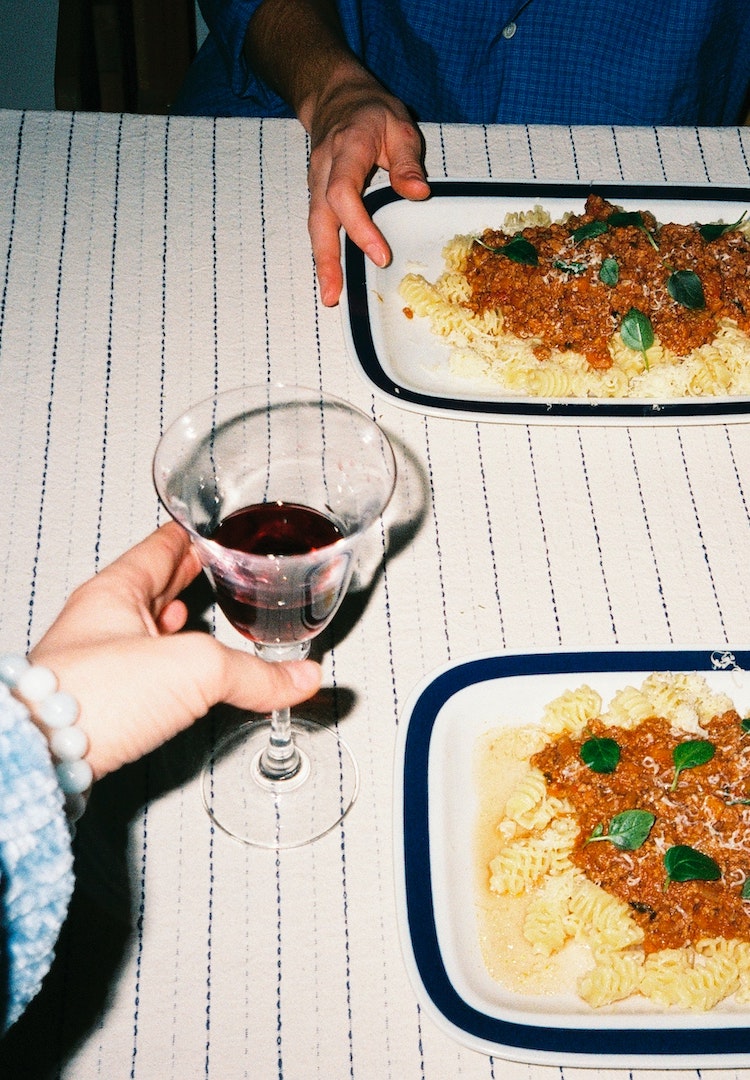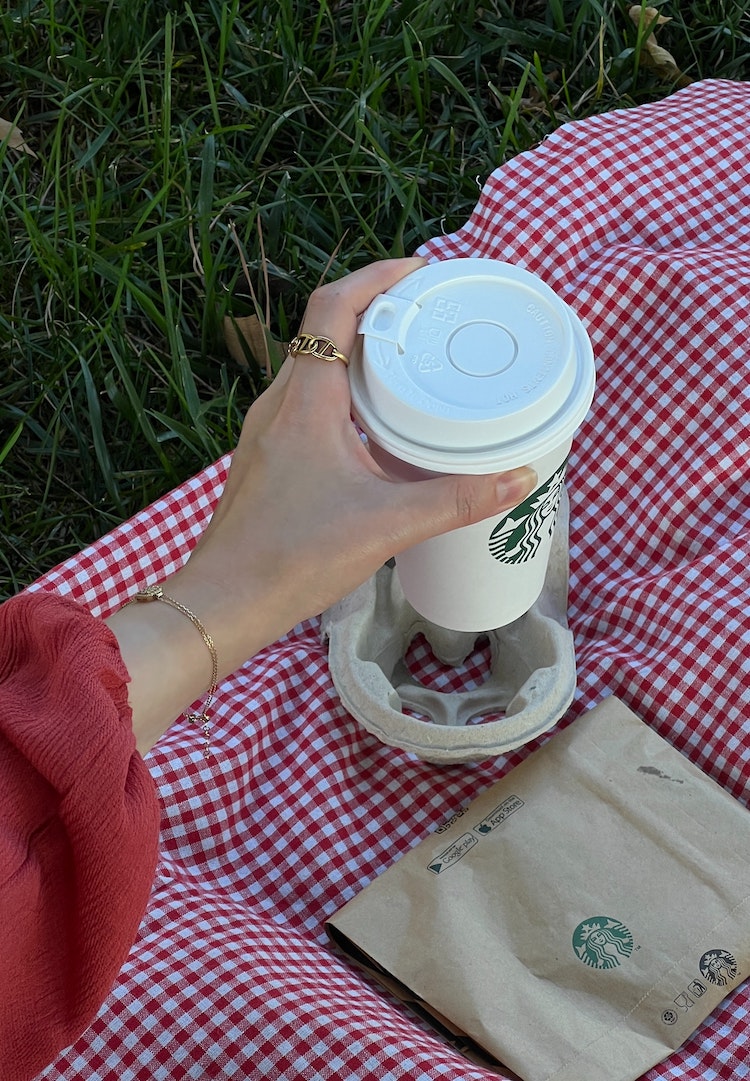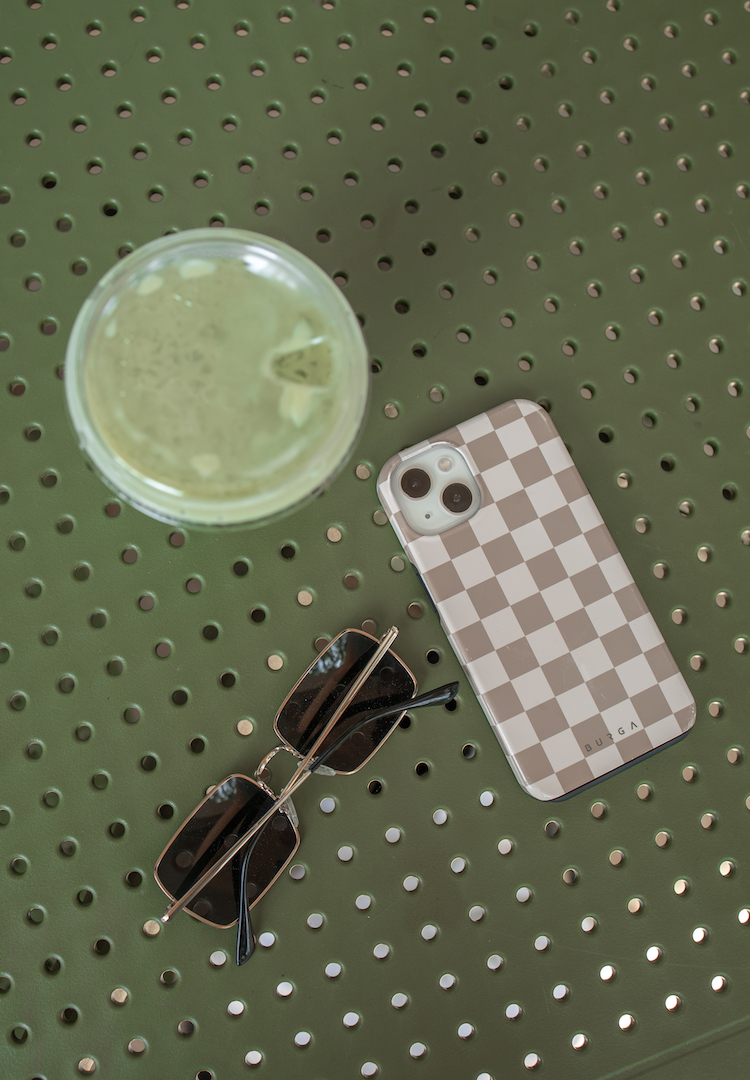TikTok taught me I grew up in an ‘ingredient household’ and I think it influenced my eating disorder
WORDS BY ALICE JOHNSON
“Our snack-free household saw me climbing into the cupboards and devouring three-year-old cooking chocolate or stale rice crackers on more than one occasion.”
Content warning: This article discusses eating disorders.
A recent TikTok doom scroll led me to a video of a woman in her late twenties cooking dinner for her and her husband. During the 30-second clip, I learnt a new phrase: ‘ingredient household’.
“This is how I make a midweek dinner for myself and my husband living in an ingredient household”, her mild-mannered voice cooed. Despite not being familiar with the term, I was certain I knew what it meant – I’d grown up in an ingredient household myself.
Interested to hear how others navigate the world? Head to our Life section.
An ingredient household was defined by the UK’s Independent Newspaper in January this year as a “household where there is no ready-to-eat food, but rather ingredients used in larger dishes”. We know having access to fresh produce and home-cooked meals is a product of privilege, and something many families go without.
Objectively, having an ingredient household is seen as a positive. I think it’s important to highlight that I was incredibly lucky – access to food was never something I had to worry about growing up. Online, people from different cultural backgrounds expressed shock that someone could grow up in anything but an ingredient household, while others explained the link between wealth, poverty and accessible food.
@heyxbean Just learned the term #ingredienthousehold ♬ original sound – Grip Reaper
Scrolling deeper into the internet hole of ingredient households, I thought about how mine could’ve contributed to my eating disorder. Like many ’90s babies, I grew up in a house where skim milk, wholemeal bread and no-fat yoghurt were staples. Our pantry was stocked but with the ingredients required to cook nutritious meals packed with protein and veggies (this was the early 2000s in country New South Wales, so this meant steak and three veg).
We got Coco Pops once a year on our birthdays, and Saturdays were filled with back-to-back netball and dancing – often rewarded with what we would now call a ‘cheat meal’. We would watch The Biggest Loser on TV while we had fruit for dessert. I’d flick through stacks of magazines in our hallways with articles like ‘Household Chores To Burn Fat’, reminding us it takes two hours of mopping the floor to work off the calories of one Tim Tam.
I was always told I had a ravenous sweet tooth, something I remember feeling ashamed of even as a child. Our snack-free household saw me climbing into the cupboards and devouring three-year-old cooking chocolate or stale rice crackers on more than one occasion.
@2005jetta #greenscreensticker ♬ Spongebob Closing Theme Song Music – Ocean Floor Orchestra
The cultural rhetoric of the time left me feeling as though it was undignified, greedy and in some ways disgusting to enjoy chocolate cake guilt-free. I had developed a ‘good versus evil’ mindset surrounding food and well-being. Then when I was 18, I had an operation that left me bedridden in my childhood home for months of recovery.
While my friends were packing up for university or heading on epic adventures with their newfound freedom, I was rotting like a corpse in my parent’s bedroom, watching seasons one to eight of Grey’s Anatomy in a foggy loop under the haze of prescription painkillers.
Upon reflection, it was around this period when my need for complete control over my life began manifesting at mealtime. “Now is the time to eat anything you want,” my doctor said when I was discharged from the hospital. He noted I’d lost weight as my body was adjusting to the trauma of going under the knife.
Finally, I could eat a whole bag of peanut M&Ms for dinner, just like I’d always said I would when I was old enough to move out. But my fear of being unhealthy, undignified, greedy or disgusting because of what I chose to eat was still echoing in my brain – that‘s when I started to restrict myself.
I could eat white bread, ice cream, hot chips – whatever I wanted – if the amount I was consuming fit neatly into the allotted calories I allowed myself on the MyFitnessPal app. My weight dropped drastically and my need for control only grew. Eventually, after I fainted on the first day of my new job in my gap year, I was able to take a pause and seek help.
My family’s approach to food is not to blame for my eating disorder – in fact, my family’s support is one of the main reasons I’ve been able to find peace in recovery. I also don’t think growing up in an ingredient household always leads to an unhealthy relationship with food.
While my eating disorder is something that might not ever ‘go away’, improving my all-or-nothing approach to food and well-being has helped immensely. I’ve learnt it’s about trying to remove the stigma of ‘cheat’ foods and understanding I don’t have to take such an extreme approach to my eating habits. Who said you can’t have a household with ingredients and snacks?
If you’re struggling with body image issues or eating disorders, you can call the Butterfly National Helpline at 1800 33 4673 for free and confidential support, or email or chat with them online here.










